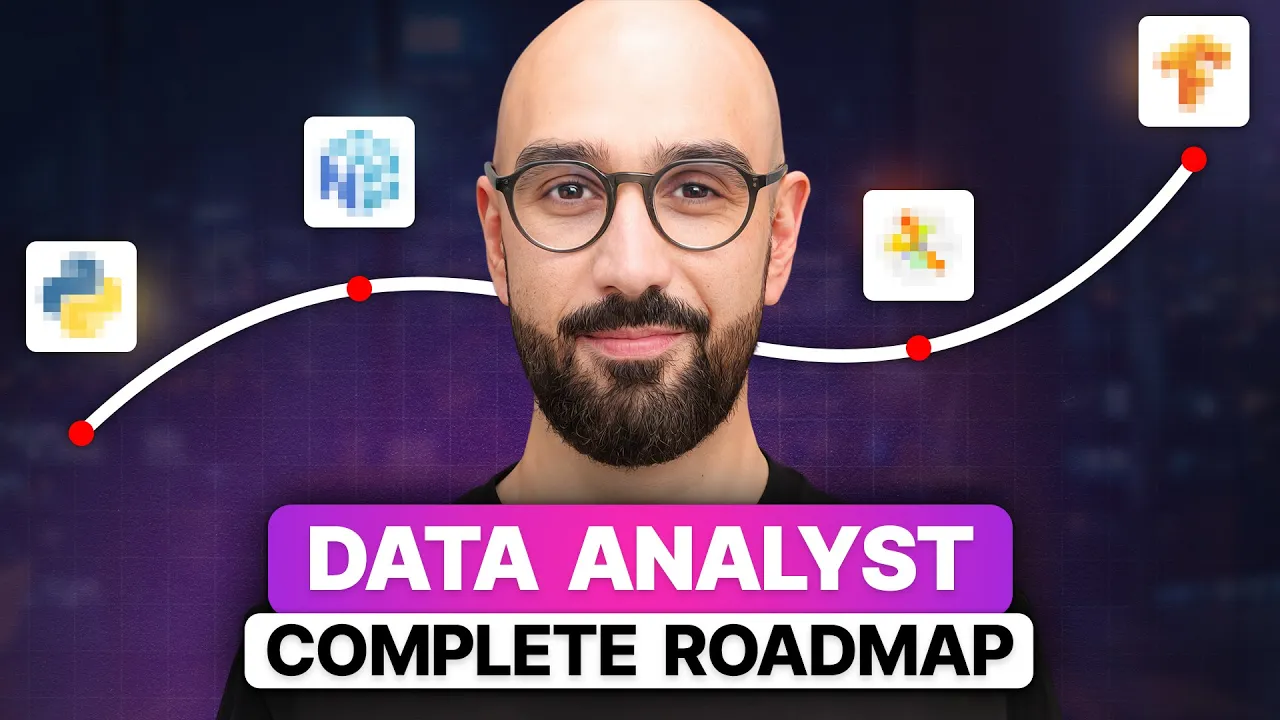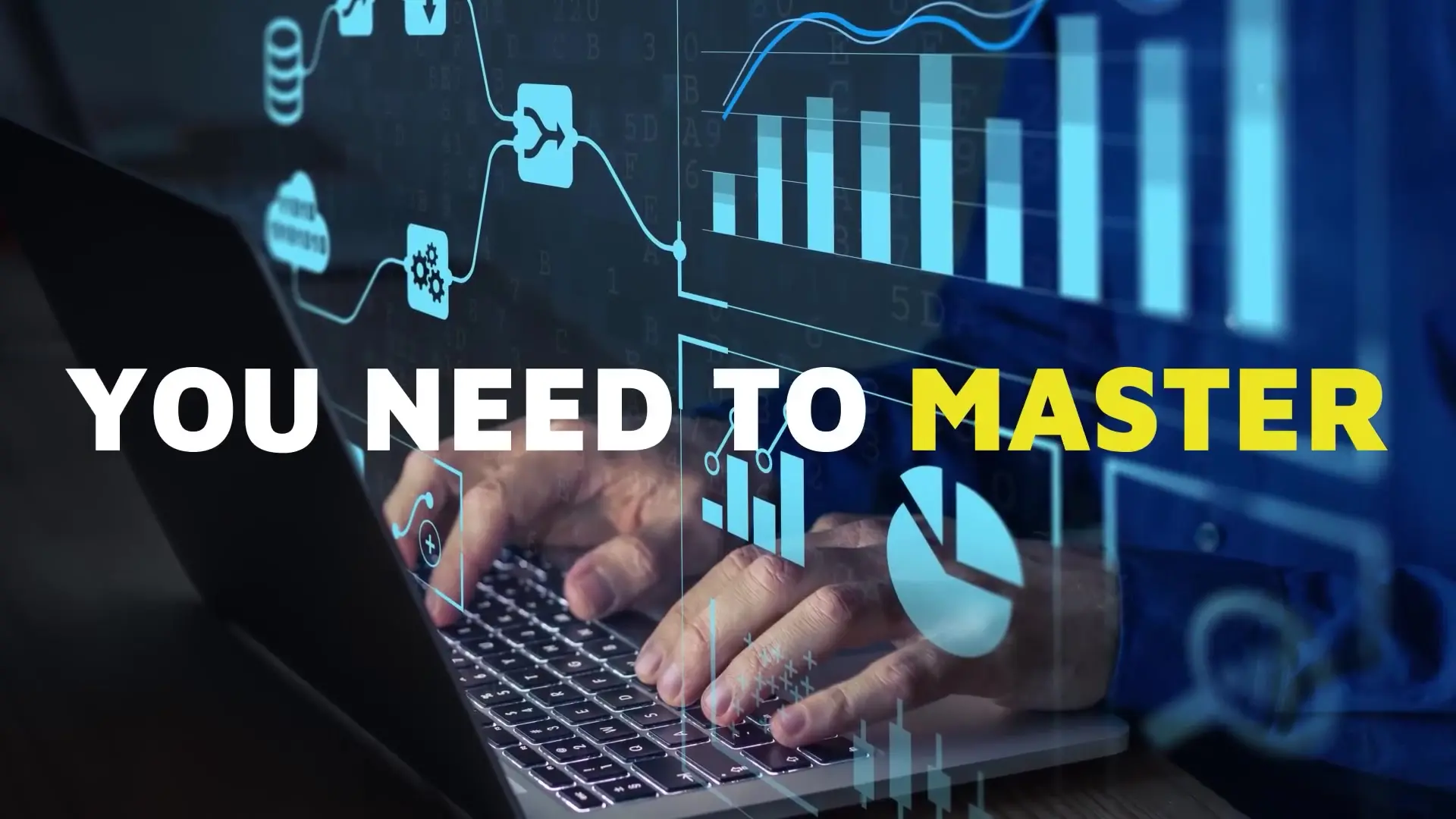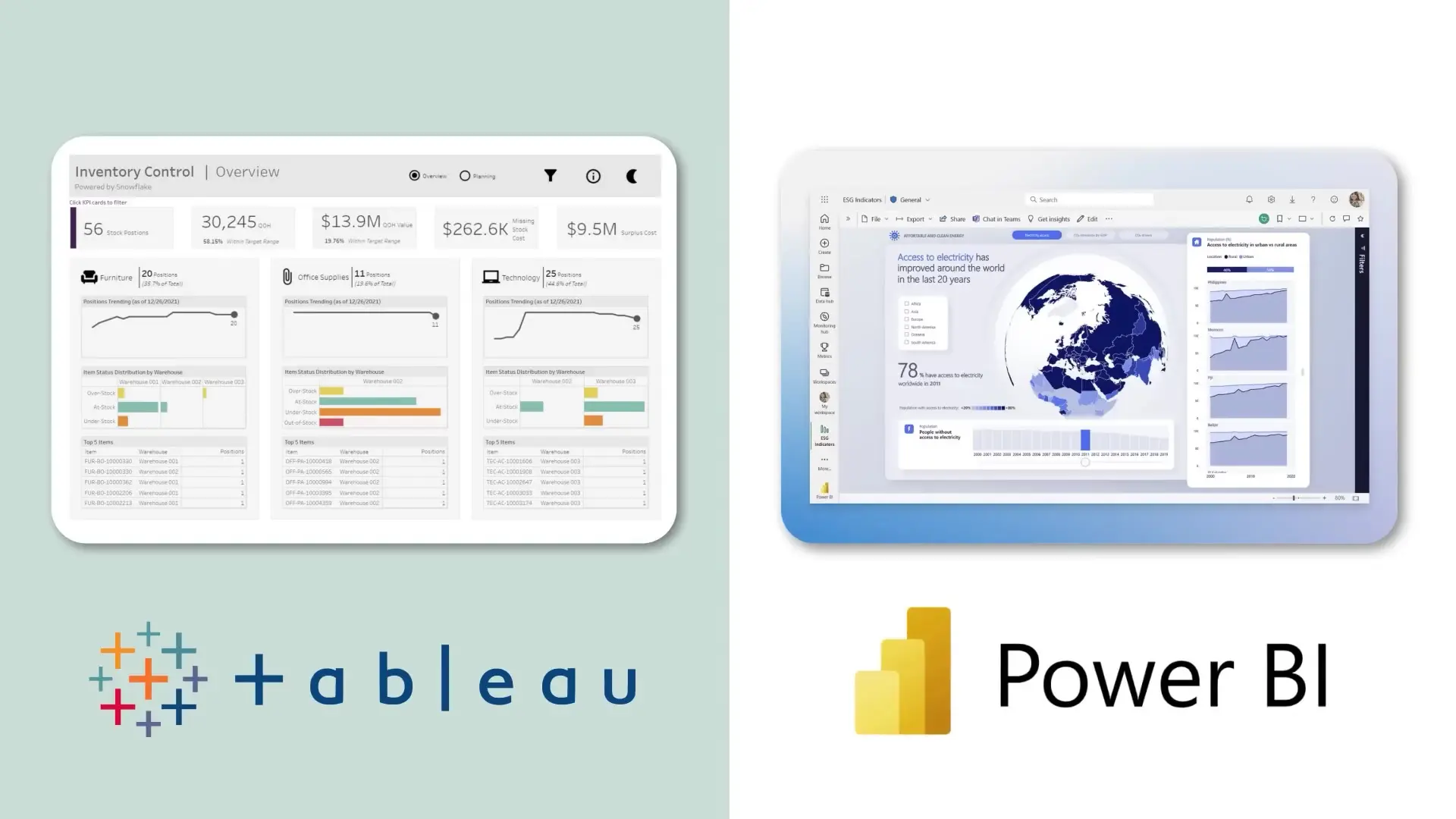
Becoming a data analyst requires mastering specific skills that will help you analyze data and drive better business decisions. If you're looking to enter this in-demand field, this comprehensive roadmap outlines the essential skills you need to develop, along with a realistic timeline for acquiring them. Whether you're a complete beginner or transitioning from another field, this guide will help you navigate your data analyst career path systematically.
Foundation: Mathematics and Statistics
Every data analyst needs a solid foundation in mathematics and statistics. These principles form the backbone of data analysis and are crucial for understanding data patterns, making predictions, and drawing meaningful conclusions.
- Basic statistical concepts: mean, median, and standard deviation
- Probability theory and distributions
- Hypothesis testing and confidence intervals
- Correlation and regression analysis
Dedicate approximately 1-2 months to building a strong foundation in these mathematical concepts. While you don't need to become a statistician, understanding these principles will give you the analytical mindset necessary for data interpretation.
Microsoft Excel: The Fundamental Tool
Despite the rise of sophisticated data analysis tools, Excel remains a powerful and widely used tool in the industry. Many companies still rely on Excel for data analysis, making it an essential skill for any data analyst.
- Advanced functions and formulas (VLOOKUP, INDEX-MATCH, etc.)
- Pivot tables for data summarization
- Data visualization with charts and graphs
- Data cleaning and transformation techniques
- Basic macro creation and automation
Spend 2-3 weeks mastering Excel. Focus on becoming efficient with keyboard shortcuts and learning how to quickly manipulate and analyze data sets. This fundamental skill will serve as a stepping stone to more advanced data analysis tools.
SQL: The Language of Databases
SQL (Structured Query Language) is essential for working with databases, which is where most business data resides. As a data analyst, you'll need to extract, filter, and organize data from various database systems.
- Basic queries: SELECT, FROM, WHERE
- Joining tables with INNER JOIN, LEFT JOIN, etc.
- Aggregating data with GROUP BY and HAVING
- Subqueries and Common Table Expressions (CTEs)
- Database design fundamentals
SQL is relatively straightforward compared to other programming languages, and you can gain a solid understanding in about 1-2 months. Practice by working with real datasets and solving practical problems to reinforce your learning.
Python: The Versatile Programming Language
Python has become the preferred programming language for data analysis due to its readability, versatility, and powerful libraries. While R is another option, Python is recommended for beginners due to its broader applications.
- Python basics: variables, data types, loops, and functions
- Pandas for data manipulation and analysis
- NumPy for numerical computing
- Data cleaning and preprocessing techniques
- Basic scripting for automation
Allocate 1-2 months to learn Python fundamentals and its data analysis libraries. Focus on practical applications rather than theoretical concepts. Once you're comfortable with Python, you can consider learning R as a complementary skill.
Version Control with Git
Git is a version control system that allows you to track changes to your code and collaborate with others. While it has numerous features, you only need to master the core functionality for data analysis work.

- Basic Git commands: init, add, commit, push, pull
- Creating and managing branches
- Resolving merge conflicts
- Collaborating with others through Git repositories
Following the 80/20 rule, you'll use about 20% of Git's features 80% of the time. One to two weeks of practice should be sufficient to get comfortable with the essential Git commands and workflows.
Data Collection and Preparation
Data analysts spend a significant portion of their time collecting, cleaning, and preparing data for analysis. This crucial step ensures that your analysis is based on accurate and reliable data.
- Data collection from various sources (APIs, databases, web scraping)
- Data cleaning to handle missing values and outliers
- Data transformation and normalization
- Feature engineering and selection
- Data integration from multiple sources
Dedicate 1-2 months to mastering data preparation techniques. Learn how to use Python libraries like Pandas for efficient data manipulation and cleaning. This skill is often underestimated but is critical for producing reliable analysis results.
Data Visualization
Data visualization is essential for communicating your findings effectively. It helps identify patterns, trends, and outliers that might not be apparent in raw data.

- Python visualization libraries: Matplotlib and Seaborn
- Interactive visualizations with Plotly
- Business intelligence tools: Tableau and Power BI
- Dashboard creation and design principles
- Storytelling with data
Power BI is particularly valuable as it's gaining popularity and integrates seamlessly with other Microsoft products. Spend about 1-2 months learning various visualization techniques and tools, focusing on creating clear, informative, and visually appealing representations of your data.
Machine Learning Fundamentals (Optional)
While not essential for every data analyst role, understanding basic machine learning concepts can set you apart from other candidates and open up more advanced career opportunities.
- Supervised vs. unsupervised learning
- Common algorithms: linear regression, decision trees, clustering
- Model evaluation and validation techniques
- Python libraries: Scikit-learn and TensorFlow
- Feature importance and model interpretation
If you're interested in expanding your skill set, allocate 1-2 months to learn the basics of machine learning. Focus on understanding when and how to apply different algorithms rather than the mathematical details behind them.
Big Data Technologies (Advanced)
As you advance in your career, you may encounter situations where you need to work with massive datasets that exceed the capabilities of traditional tools.

- Distributed computing frameworks: Hadoop and Spark
- NoSQL databases: MongoDB, Cassandra
- Data warehousing concepts
- Cloud-based big data services (AWS, Azure, GCP)
- Real-time data processing
Spend 1-2 months getting familiar with big data technologies if you're interested in roles that involve large-scale data analysis. This knowledge will become increasingly valuable as organizations continue to generate and collect massive amounts of data.
Putting It All Together: Your Data Analyst Career Path
If you dedicate 3-5 hours daily to learning and practicing these skills, you can prepare yourself for an entry-level data analyst position in approximately 8-16 months. The exact timeline will depend on your prior experience, learning pace, and the depth of knowledge you want to achieve in each area.
- Mathematics and Statistics: 1-2 months
- Excel: 2-3 weeks
- SQL: 1-2 months
- Python: 1-2 months
- Git: 1-2 weeks
- Data Collection and Preparation: 1-2 months
- Data Visualization: 1-2 months
- Machine Learning (optional): 1-2 months
- Big Data Technologies (advanced): 1-2 months
Remember that practical experience is just as important as theoretical knowledge. Work on real-world projects, participate in data challenges, and build a portfolio that showcases your skills. This hands-on experience will not only reinforce your learning but also demonstrate your capabilities to potential employers.
Conclusion: Your Journey to Becoming a Data Analyst
The data analyst career path offers excellent opportunities for those who enjoy working with numbers and deriving insights from data. By systematically acquiring the skills outlined in this roadmap, you'll position yourself for success in this growing field. Start with the fundamentals, practice consistently, and gradually build up to more advanced techniques. With dedication and persistence, you'll be well-equipped to land your first data analyst role and embark on a rewarding career journey.
Let's Watch!
The Complete Data Analyst Roadmap: Essential Skills for Your Career Path
Ready to enhance your neural network?
Access our quantum knowledge cores and upgrade your programming abilities.
Initialize Training Sequence